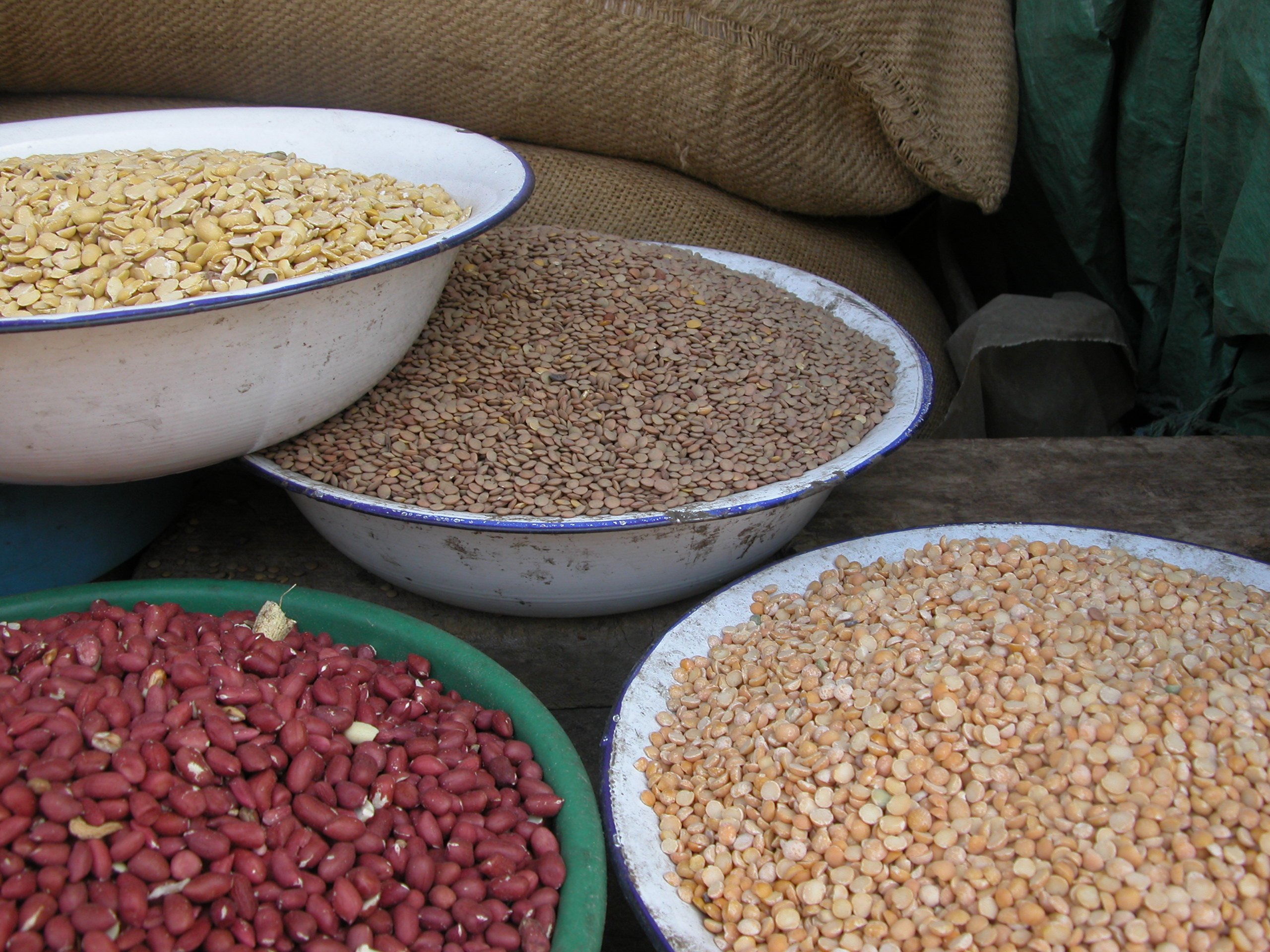The dip in the number of hungry people is a sign that developing countries are recuperating from the 2008 food price crisis, when more than a billion people were undernourished, but David Dawe, a senior economist at FAO, noted that at 925 million the figure was still very high. The numbers are from the State of Food Insecurity in the World report, which FAO will release in October.
Asia and the Pacific region recorded a drop of 80 million out of the total of 98 million undernourished people, but the decline is essentially a recovery from the 2008 food price crisis, Dawe said. "The prevalence of undernourishment is back to 16 percent ... the level it was at in 2005/06, which is still rather high."
Access to food is determined by income and prices. "In 2009, people were hit by a double whammy - lower income because of the recession, and a lag in the transmission of the 2008 high food prices, but the world economy is recovering now, especially the Asian economies, where incomes have gone up," he commented.
| Read more |
Russia, Mozambique
Abdolreza Abbassian, secretary of the Intergovernmental Group on Grains (IGG) at FAO, pointed out that drought and fires had hit wheat production in Russia, one of the world's largest producers, pushing up global prices by 45 percent to 80 percent since July, depending on quality and the source.
The pressure on wheat has begun to affect maize, which is being used as an alternative. Maize prices have climbed by 50 percent from 2009. "The price of maize was low in 2009 but the point is that the price is rising," said Abbassian.
However, Dawe maintained that "We should not see a repeat of the 2008 food price crisis when global stocks of grains were low, we have ample stocks now."
Maximo Torero, head of the Markets, Trade and Institutions Division at the International Food Policy Research Institute (IFPRI), a US-based policy think-tank, agreed, saying there was no need to panic.
"Apparent similarities between today's rising wheat prices and the food-price crisis of 2007/08 are just that: apparent, not real. Suggestions to the contrary serve to drive up prices and hurt poor people, who spend much or most of their incomes on food. They need neither jittery markets nor ad hoc protectionism, which has exacerbated past food crises."
| Facts from the State of the Food Insecurity report | |
| Number of undernourished in 2010: 925 million | |
| Number of undernourished in 2009: 1.023 billion | |
| Region with the most undernourished people: Asia and the Pacific, 578 million | |
| Region with the highest decline in undernourished people in 2010: Asia and the Pacific, 80 million | |
| Region with the highest prevalence of undernourishment: Sub-Saharan Africa, 30 percent | |
| Source: FAO | |
"Volatility is not the same thing as inflation," Torero wrote, and "volatility has stayed within the normal range since the end of the last food-price crisis - indeed, recent spikes notwithstanding, the prevailing trend is flat or slightly downward - in consequence, there should be no knock-on effects".
Abbassian noted that "It is very difficult to predict how the markets will react in the long run; the markets are trading on emotions at the moment, they are reacting to a different set of factors every day."
Russia recently announced it was extending its ban on wheat exports until 2011, which again affected the markets, Abbassian said.
The recent riots as a result of food prices in Mozambique have been tied to the global price of wheat, which was incorrect, said Dawe and Torero.
The Mozambican government "raised the prices of basic food and non-food items to reflect the rising cost of imports from South Africa, Mozambique's main supplier. These have become more expensive as Mozambique's currency, the metical, has fallen against the South African rand by 21 percent since January 2010, and 47 percent since September 2009," Torero explained.
Better information would lead to greater transparency and could help control volatility. The major grain exporters and importers will gather at a meeting called by the IGG on Grains, and the IGG on Rice, next week in Rome to chalk out ways to check volatility in the prices of staple grains.
jk/he
This article was produced by IRIN News while it was part of the United Nations Office for the Coordination of Humanitarian Affairs. Please send queries on copyright or liability to the UN. For more information: https://shop.un.org/rights-permissions





